Saint Joseph Monastery
Description
Characteristics and classifications
All Reviews (0)

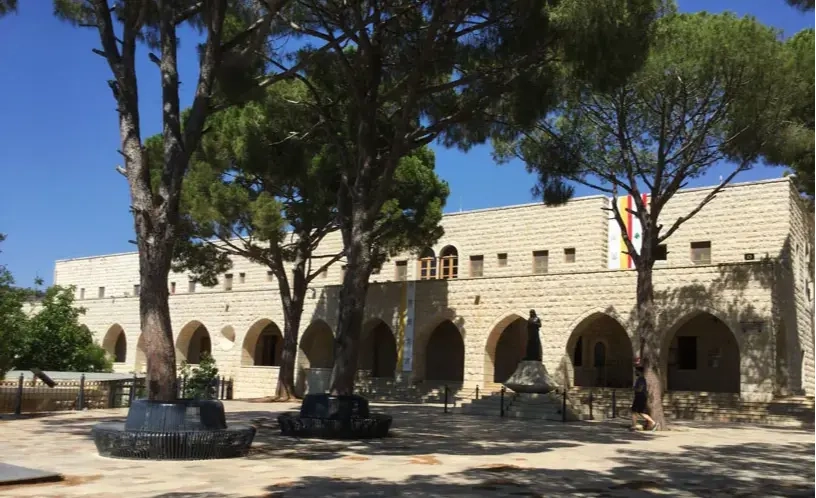

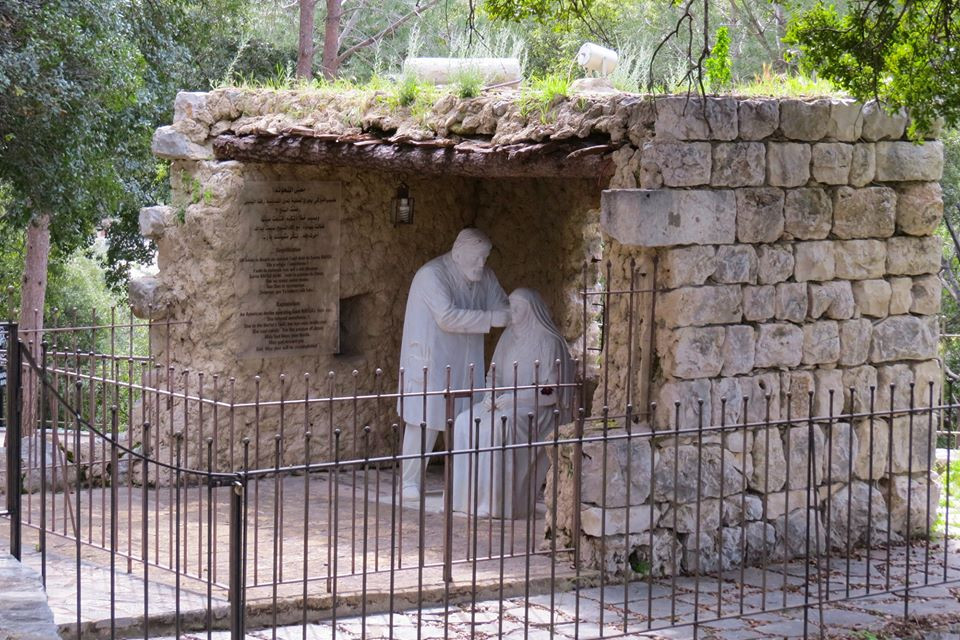
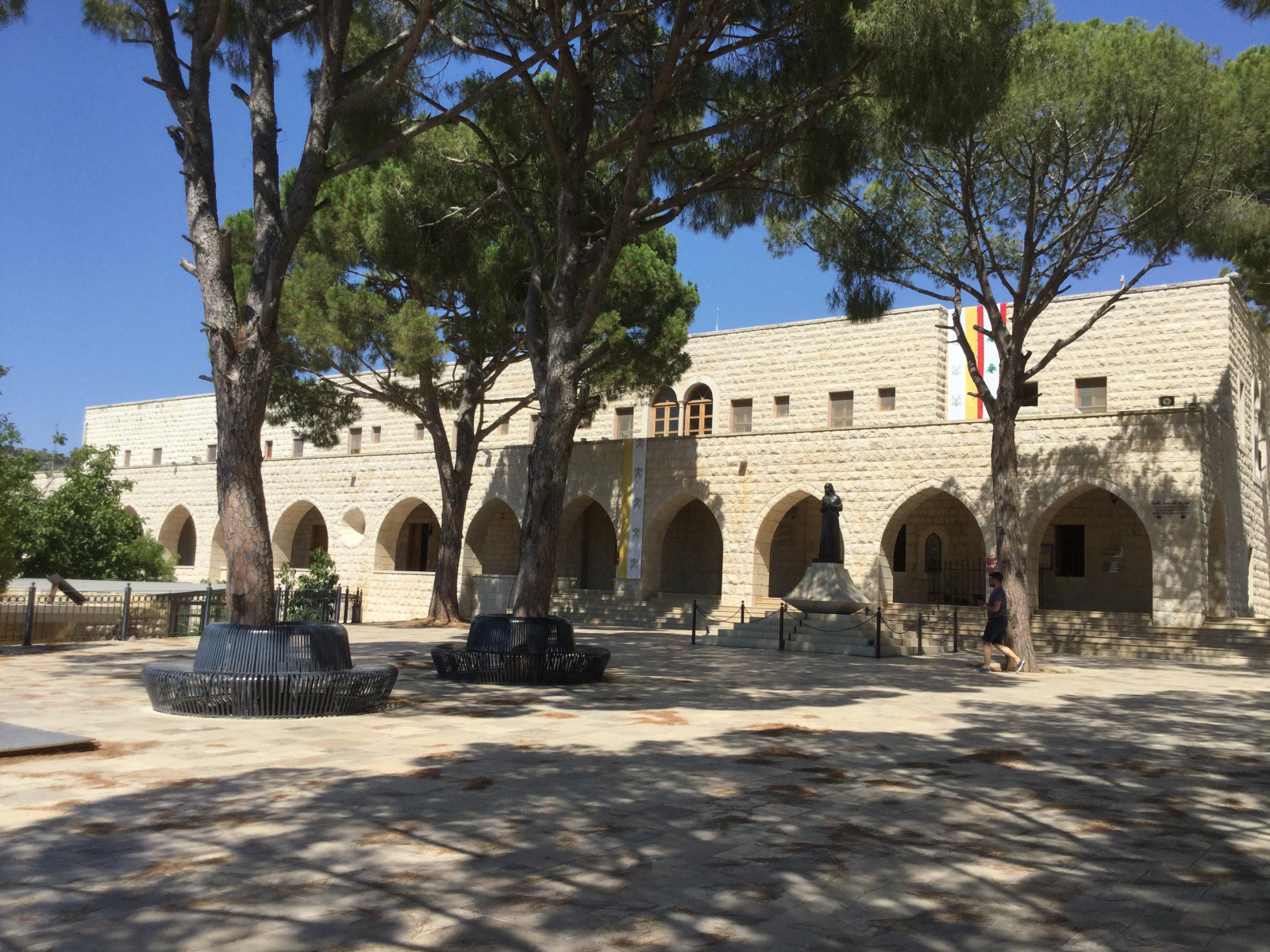
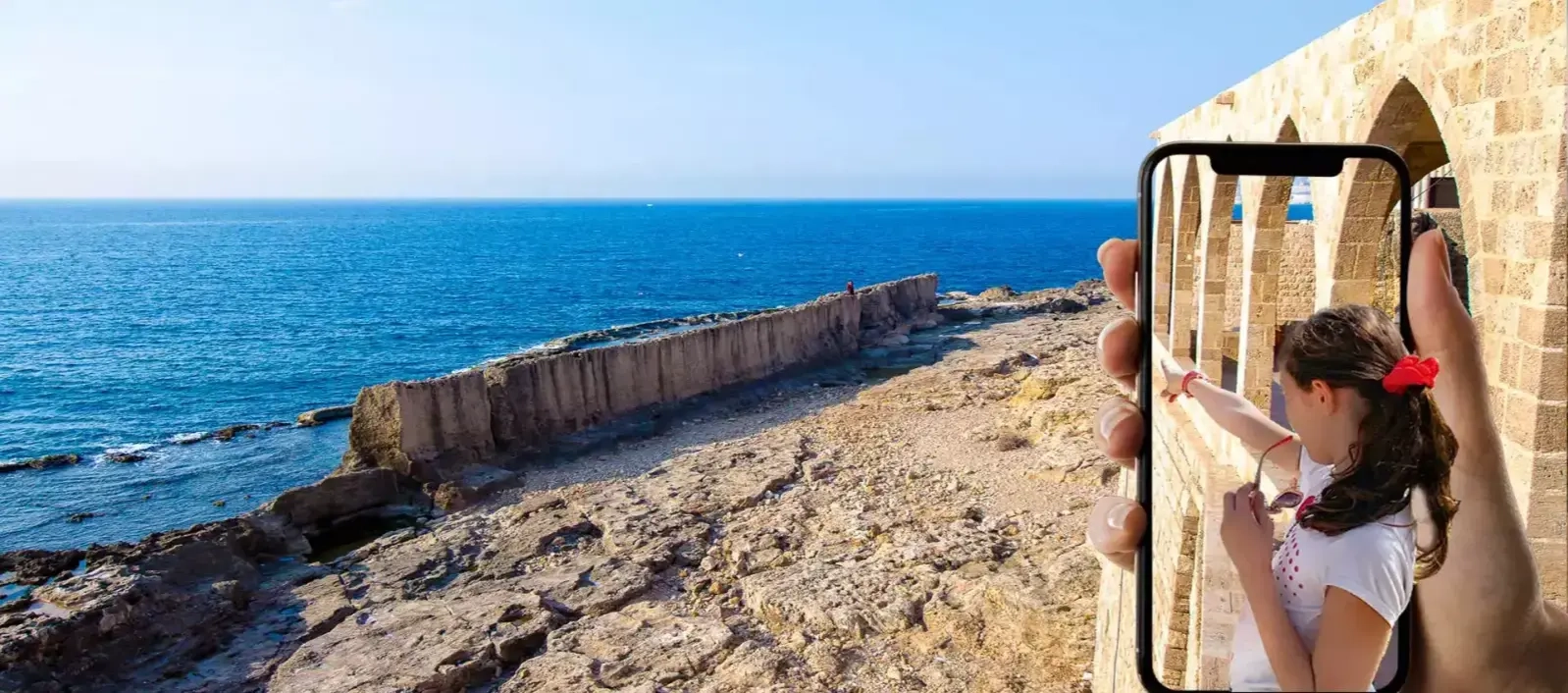
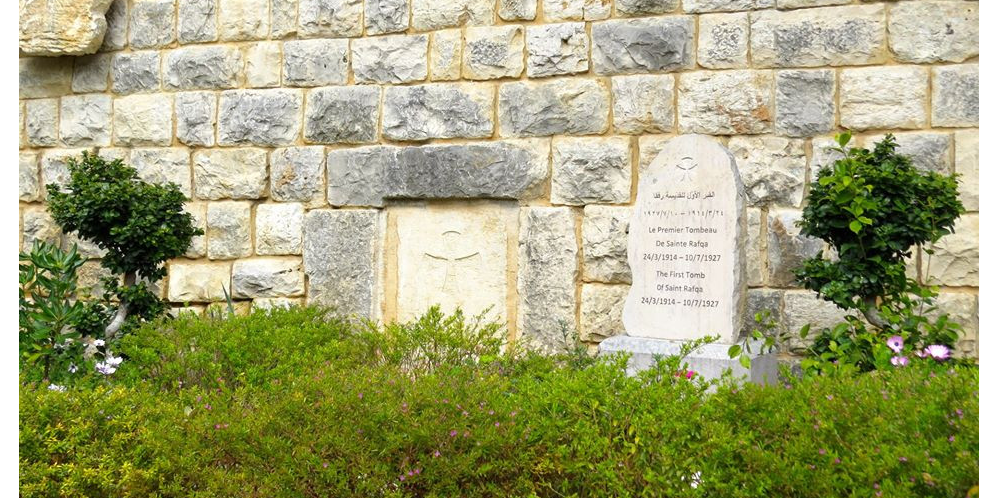



HomeWIKIMOOVReligious sites Leaflet

Saint Rafqa Museum
Art & CultureBlogFamily FriendlyOut & AboutIndulgeThe Great OutdoorsA Word from the ExpertsSlow TourismPersonalized tripWIKIMOOVExperiencesEventsTrailsFind a GuideMagazineCraft & Local ProductsCulture & HeritageFood & DrinksAccomodationLeisure & EntertainmentNatureOutdoor Activities CentersReligious sitesSnow Activities CentersFamous & useful placesWater Activities CenterWellbeingBusiness PlatformJoin MOOVTOOBecome a MOOVTOO guideBecome a MOOVTOO HostI've read and I accept MOOVTOO's Privacy and Cookie Policy What is MOOVTOO ?PartnersContact usFAQLegal MentionsData Protection PolicyTerms and Conditions
What is MOOVTOO ?PartnersContact usFAQLegal MentionsData Protection PolicyTerms and Conditions